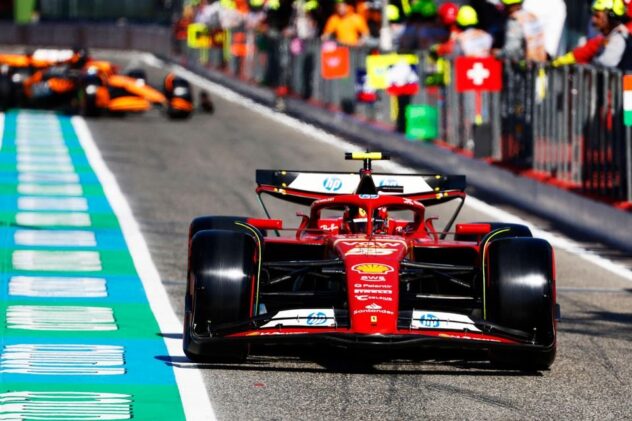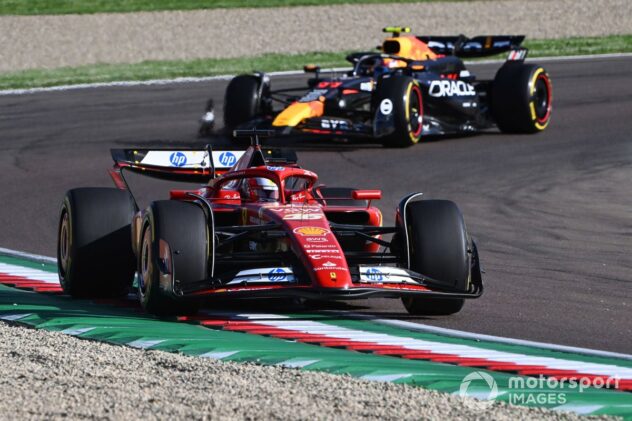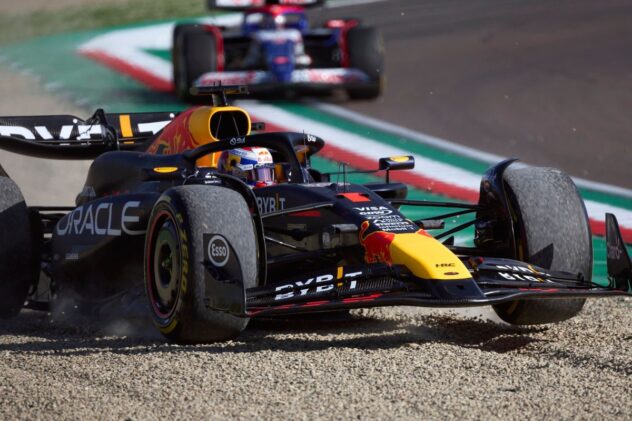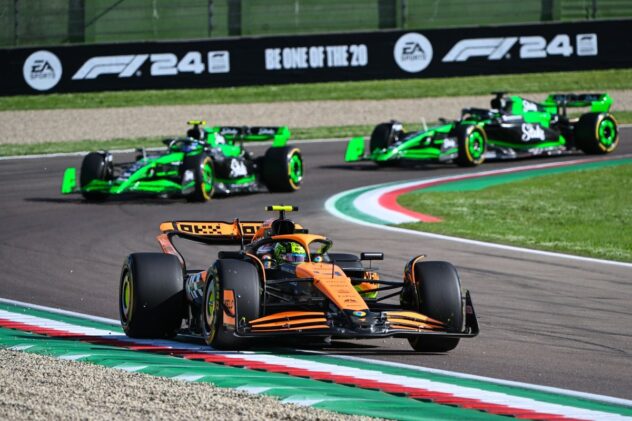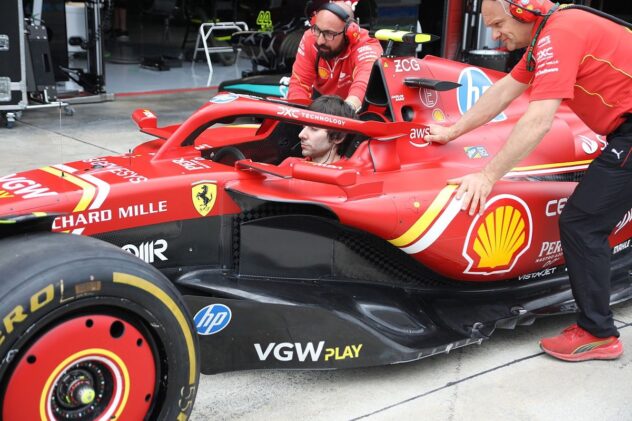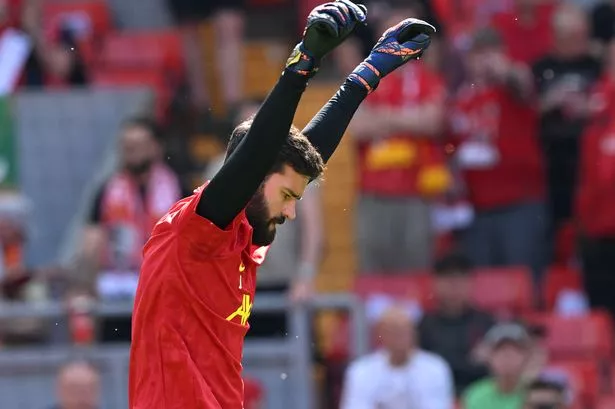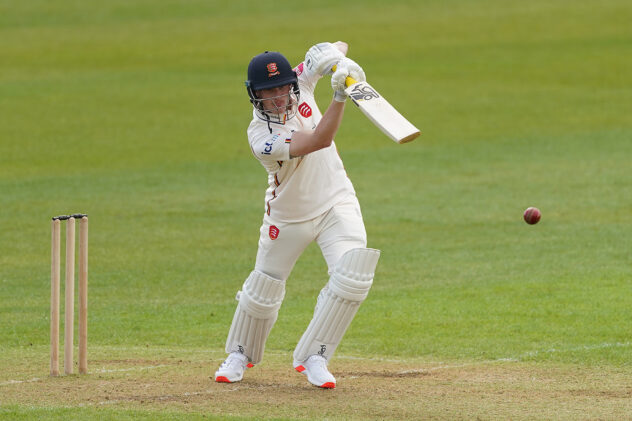How teams are trying to unpick the good intent of F1’s new rules era

The idea was logical that if there was less disturbed air thrown up by cars then this should allow some closer racing.
The subsequent simplification of car’s upper surfaces, with more reliance on the underfloor to generate downforce, certainly seemed to achieve some of these goals initially.
But, as the teams now have a more sound understanding of the fundamentals, they are starting to prod and poke at the regulations a little more, with intricate solutions arriving at an increased regularity to try to find gains even if it means more disturbed airflow behind.
These solutions are undoubtedly unravelling some of the original intent first laid down in the new regulations, but they are difficult to stop happening within the wording of technical regulations.
After all, designers are focused on performance and they have no obligation to follow the intent of what was written.
In some cases, though, the FIA has pushed back and altered the regulations to prohibit certain solutions, but not everything is being stopped.


The front and rear wing endplate solutions, introduced by Mercedes and Aston Martin respectively, are prime examples of this, with the regulations reframed for 2023 to discourage designers from following this development pathway.
Mercedes was undeterred though and designed a variant that maintained the general design concept whilst adhering to the changes made within the regulations.
The solution employed by Aston Martin has seemingly been rendered inoperable though, with no-one reinterpreting its concept thus far.
But, that’s not to say there hasn’t been some development in this region of the car either, with the introduction of a new solution arriving simultaneously on both the Alpine A523 and Aston Martin AMR23 at the Monaco Grand Prix.
This new design scheme sees both teams attempting to separate the tip section from the mainplane portion of the endplate, albeit with Alpine being a little more aggressive in its approach.


The tip section on the A523’s rear wing has been flattened out and sits atop the metal support, creating an air foil profile that also increases the wing’s span, rather than the curvature that you’d expect to see based on this regulation set.
This will obviously have an impact on how the various pressure gradients interact and adds another shedding surface too.
The arrival of the solution at a high downforce venue suggested that it might not be a permanent fixture within the design lexicon going forward, but Alpine continued to employ the solution at both the Spanish and Canadian Grands Prix, suggesting it works effectively across a range of conditions.
The FIA will undoubtedly be monitoring the situation though. For whilst the solution is clearly within the bounds of the regulations, the design isn’t what was intended.
A concerted effort was made to constrain the design of the intersection between the flaps and endplate, in order that it doesn’t add to the turbulence being generated and damage the ability for a car to trail in its wake – and this has clearly been worked around.


It’s not the first time that Alpine has bucked the trend with its design language in this region either, as it was the first to use a tip section that merged into the endplate without a cutout.
The A522 was fitted with the solution as early as the Saudi Arabian Grand Prix last season, with Mercedes sitting up, taking notice and having its own variant in play by the Belgian Grand Prix.
Alpine has also been on the front foot when it comes to the design at the lower end of the endplate too, as the A523 emerged with an upwashing swage line present on the bodywork’s surface at the start of the season.
Interestingly, Aston Martin was the other team to unveil its 2023 challenger with this feature too, suggesting they are both on similar design trajectories. Williams and AlphaTauri have now added the solution to their arsenal too.
Aston Martin has furthered its interest in this branch in the development tree a little further than the rest though, as the inboard face of the AMR23’s rear wing endplate was modified for the Monaco Grand Prix and featured a similar swage line. This design should help improve the upwash effect in combination with the aerodynamic surfaces that surround it.

Aston Martin AMR23 rear wing endplate inboard strake
Photo by: Uncredited

